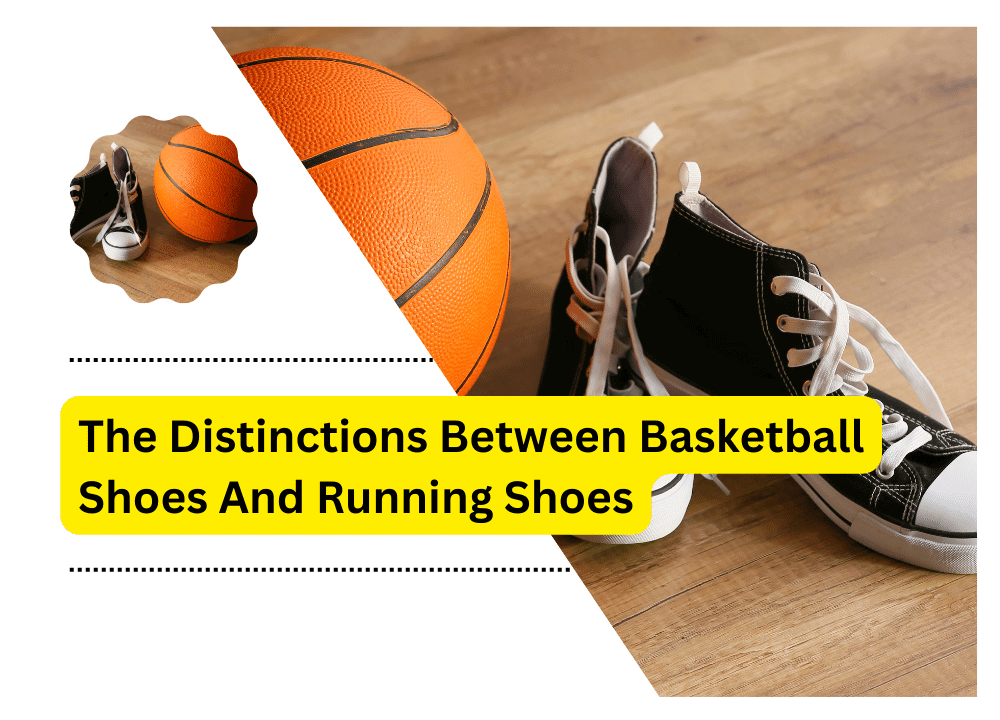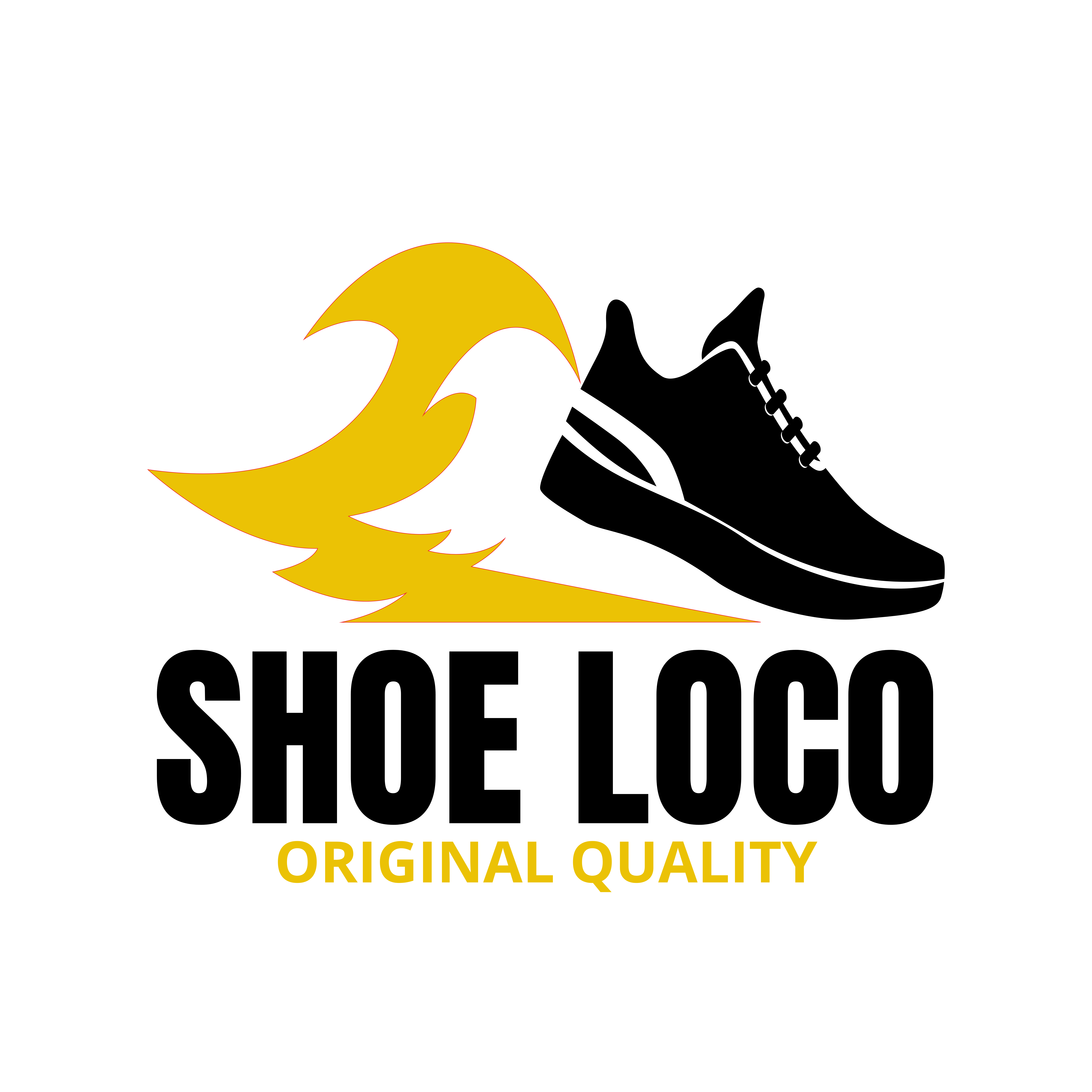
Basketball shoes and running shoes are specifically designed to meet the demands of their respective sports and activities. As a result, they possess several key differences that impact their functionality and performance. Let’s examine some of the primary distinctions between these two types of athletic footwear:
Cushioning and Support
One of the most significant differences between basketball shoes and running shoes is the level of cushioning and support they offer. Basketball shoes are designed to provide ample cushioning. It also provide shock absorption to protect the feet and ankles from the impact of jumping and quick lateral movements. These shoes often feature thick midsoles and high ankle collars to enhance stability during rapid direction changes.
On the other hand, running shoes are engineered to absorb the repetitive impact of the feet hitting the ground while running. They prioritize forward motion and emphasize cushioning in the heel. It also provides support to forefoot areas to reduce the stress on the joints and muscles during the gait cycle. Running shoes typically have a lower profile and a more flexible design to accommodate the natural movement of the foot while running.
Traction and Outsole Design
Basketball shoes are equipped with specialized outsoles that prioritize traction on indoor courts. The design of the outsole often includes a herringbone or multidirectional pattern. It enhances grip and stability during abrupt movements and lateral cuts on the basketball court.
In contrast, running shoes have outsoles designed for traction on various surfaces, including pavement, trails, and tracks. They generally feature a combination of rubber and flex grooves to provide grip and flexibility. It allows for smooth heel-to-toe transitions during running.
Weight
Basketball shoes tend to be heavier due to their additional padding and higher ankle collars. They are essential for the lateral movements and impacts associated with basketball. The extra weight helps stabilize the foot during jumps and landings, providing much-needed support for basketball players during intense gameplay.
Running shoes, on the other hand, are generally lighter to promote faster and more efficient running. Reduced weight in running shoes helps reduce fatigue during long-distance running and allows the runner to maintain a quicker pace.
Ankle Support
As mentioned earlier, basketball shoes typically have higher ankle collars to provide enhanced ankle support. This feature helps reduce the risk of ankle sprains and injuries that are common in basketball.
Running shoes usually have low-cut designs that prioritize freedom of movement in the ankle area. This design allows for a more natural and unobstructed running gait. It may not offer the same level of ankle support as basketball shoes.
Flexibility
Basketball shoes are generally less flexible compared to running shoes. The reduced flexibility in basketball shoes helps stabilize the foot during lateral movements and quick cuts on the court.
In contrast, running shoes are designed to be more flexible to accommodate the repetitive movement of the foot while running. The increased flexibility in running shoes allows for a smoother and more natural stride.
Implications of Using Basketball Shoes for Running
Using basketball shoes for running can have several implications, both in terms of performance and potential health risks. Does it highlight the issue can Basketball Shoes Be Used for Running? While it is technically possible to run in basketball shoes, it’s important to be aware of the following considerations:
Comfort and Performance
Basketball shoes may not provide the same level of comfort and performance as running shoes during extended running sessions. The additional weight, reduced flexibility, and different cushioning may lead to increased fatigue and discomfort for runners.
Impact on Running Form
Basketball shoes are not designed with running mechanics in mind. Using them for running may affect your natural gait and running form, potentially leading to issues.
Increased Risk of Injuries
Due to the differences in design and support, running in basketball shoes may increase the risk of certain injuries. The lack of adequate cushioning and shock absorption in basketball shoes could result in heightened impact on the joints. It potentially leading to conditions like shin splints or knee pain.
Traction Issues
The specialized outsole pattern of basketball shoes may not provide optimal traction on running surfaces. Running shoes are designed to grip various terrains effectively, which can be essential for preventing slips and falls.
Durability
Using basketball shoes for running may lead to faster wear and tear. They are not designed for the repetitive motion and stresses associated with running. This could result in a shorter lifespan for the shoes and potentially lead to a need for replacement sooner.
When Can Basketball Shoes Be Used for Running?
While using basketball shoes for running is generally not recommended. There are a few instances where it might be acceptable to do so:
Occasional Use
If you have no other option and need to run only occasionally or for short distances, using basketball shoes temporarily may be manageable. However, it’s crucial to listen to your body and be mindful of any discomfort or pain that may arise.
Cross-Training
If you engage in a combination of activities that include both running and basketball, you might consider cross-training shoes. Cross-trainers are designed to provide moderate support and cushioning for various activities, including running and court sports like basketball.
Casual or Recreational Running
For individuals who engage in very light and casual running, such as jogging or running at a leisurely pace. Basketball shoes may be used if they feel comfortable and provide adequate support.
Conclusion
While it is technically possible to use basketball shoes for running in certain situations. It is generally not recommended due to the significant differences in design and functionality. Basketball shoes are tailored for the unique demands of basketball while running shoes are engineered to provide the necessary support. It provides cushioning and traction for running mechanics.
For regular runners, investing in a proper pair of running shoes is crucial to ensure comfort, performance, and injury prevention. Remember that choosing the right footwear can make a significant difference in your running experience and overall foot health. This article gives answer the question can Basketball Shoes Be Used for Running?
